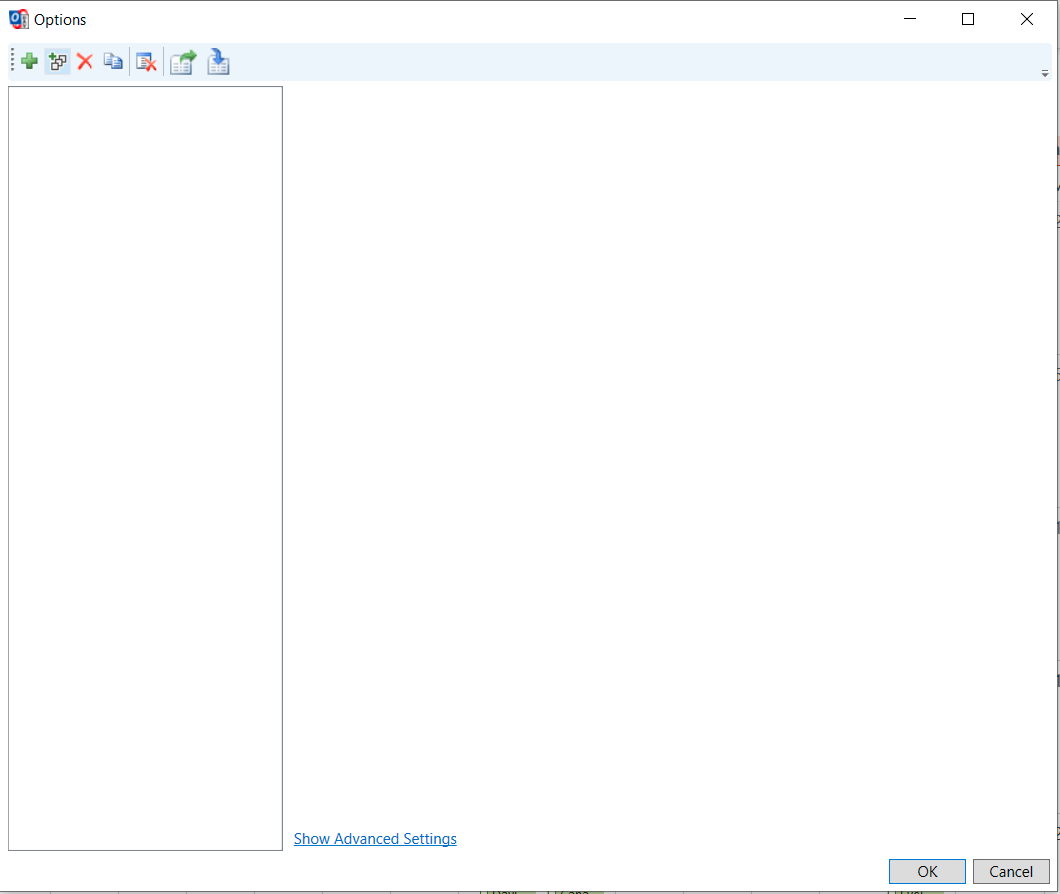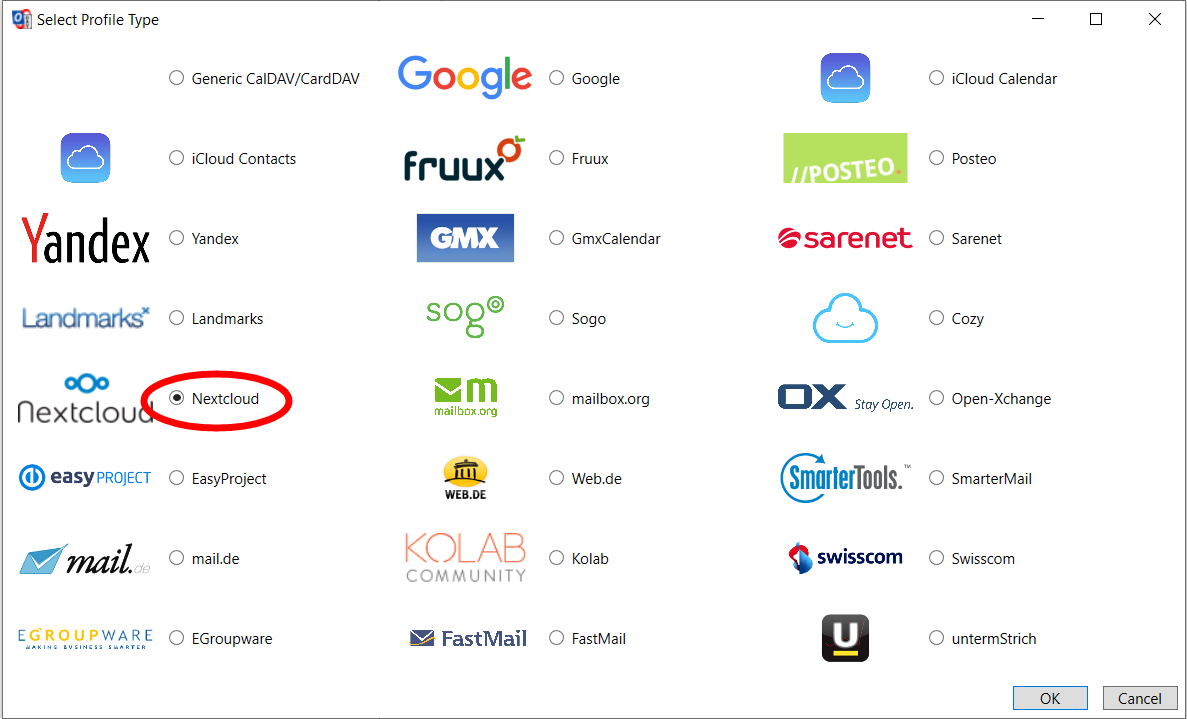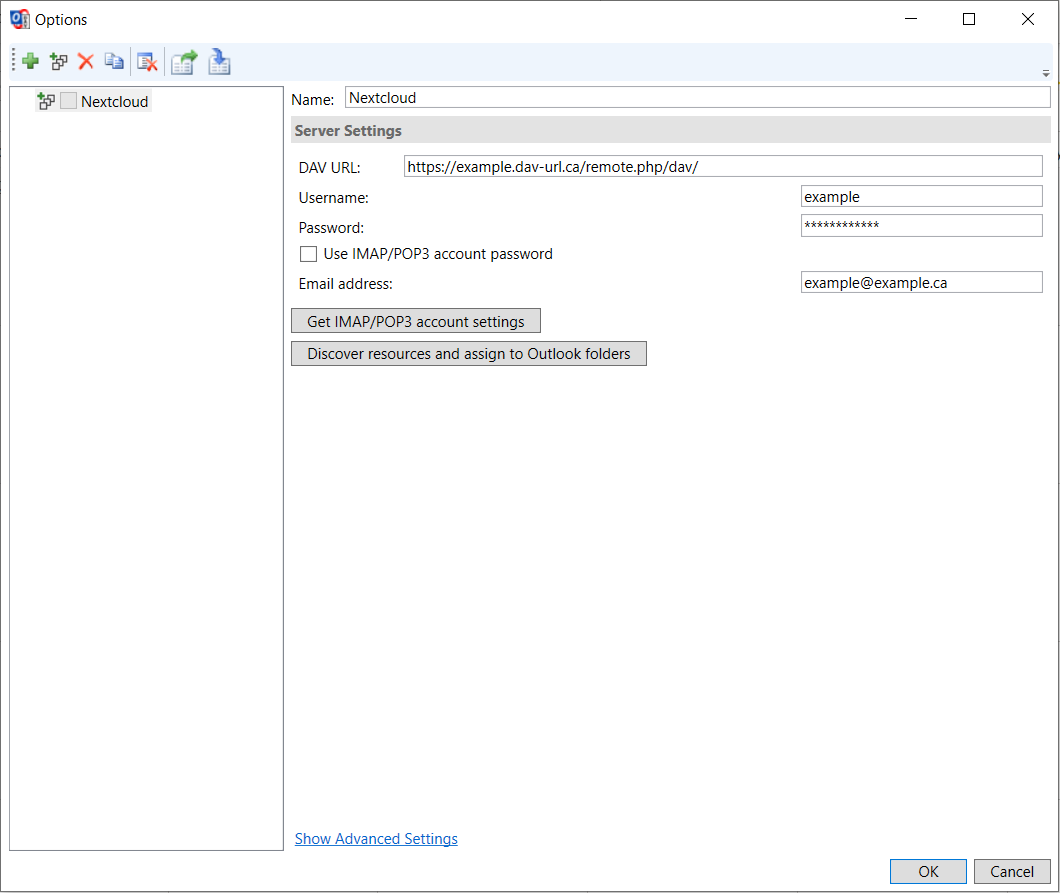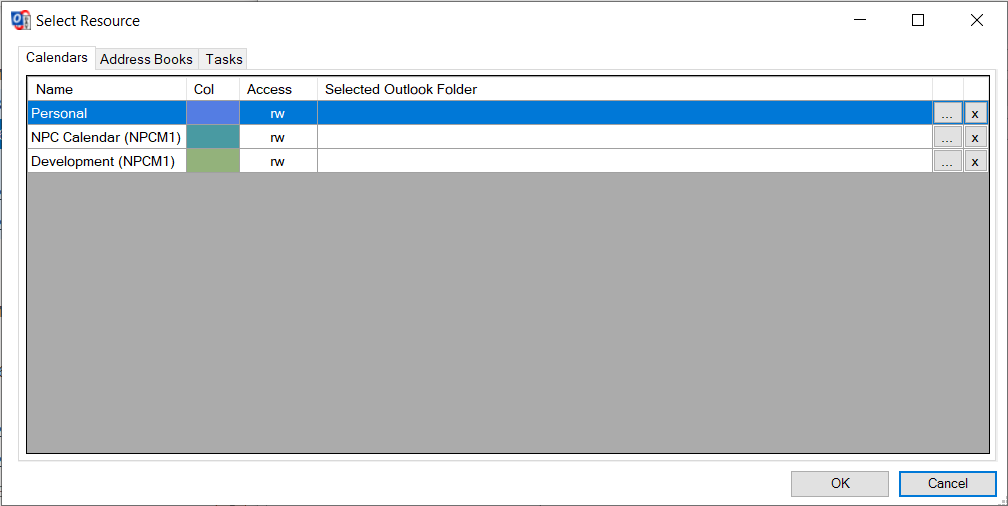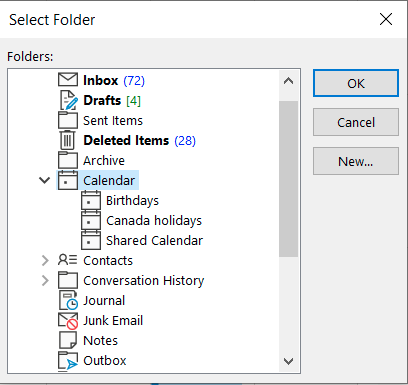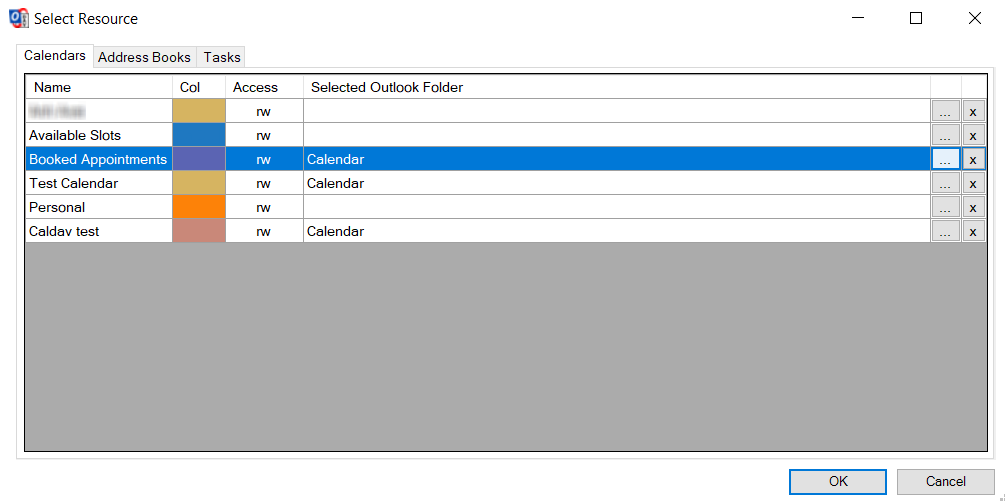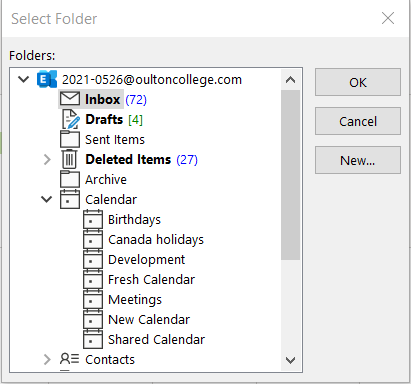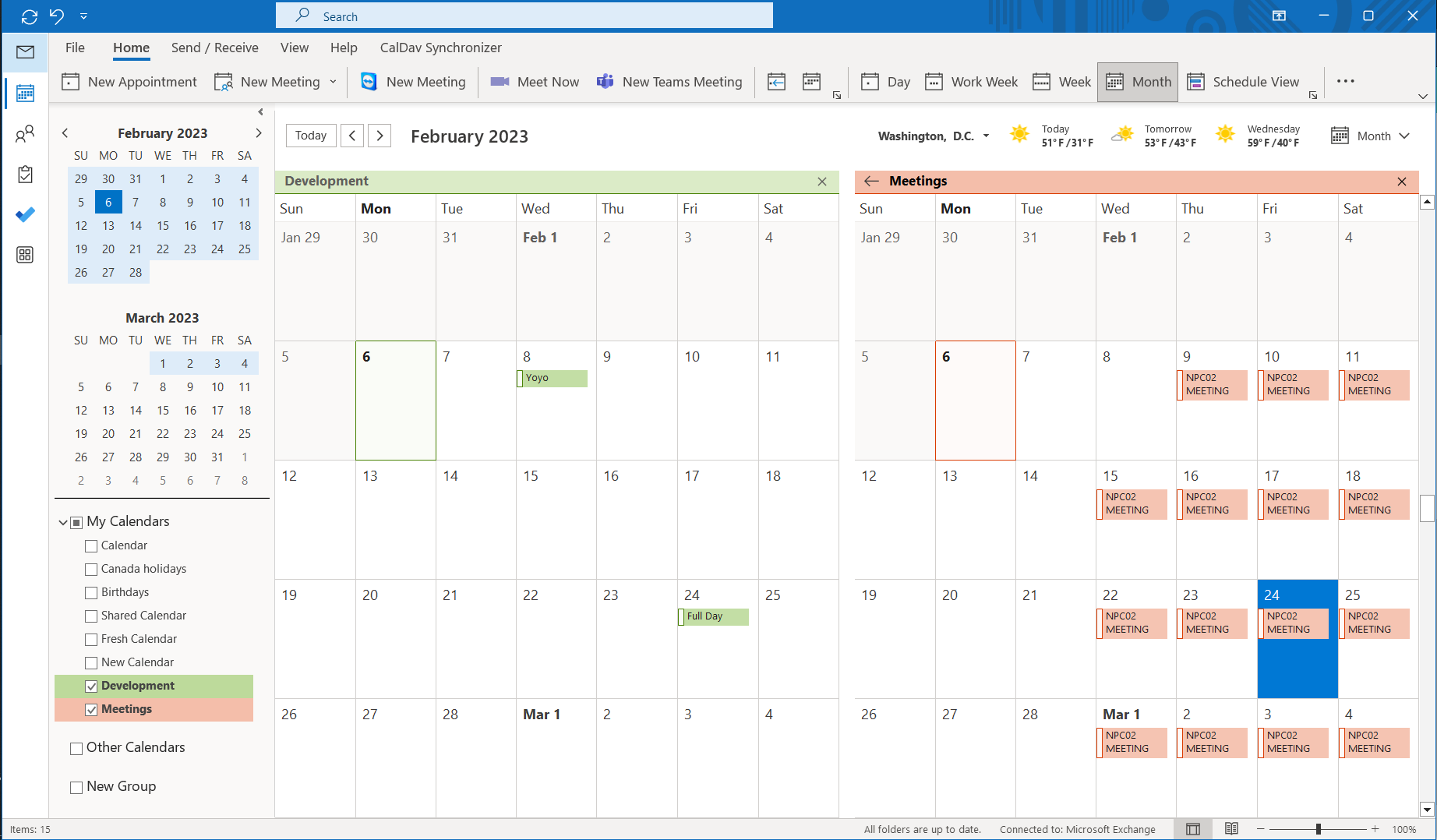Configure Outlook 365 Multiple Calendars
In this article, you will be shown how to add Multiple Calendars to Outlook using the CalDAVSynchronizer addon.
Prerequisite:
You will need to install the CalDAVsynchronizer, a link will be provided in the article as you follow the steps to configure everything properly.
Step 1:
Go to this link (https://caldavsynchronizer.org/download-2/) and download most recent version.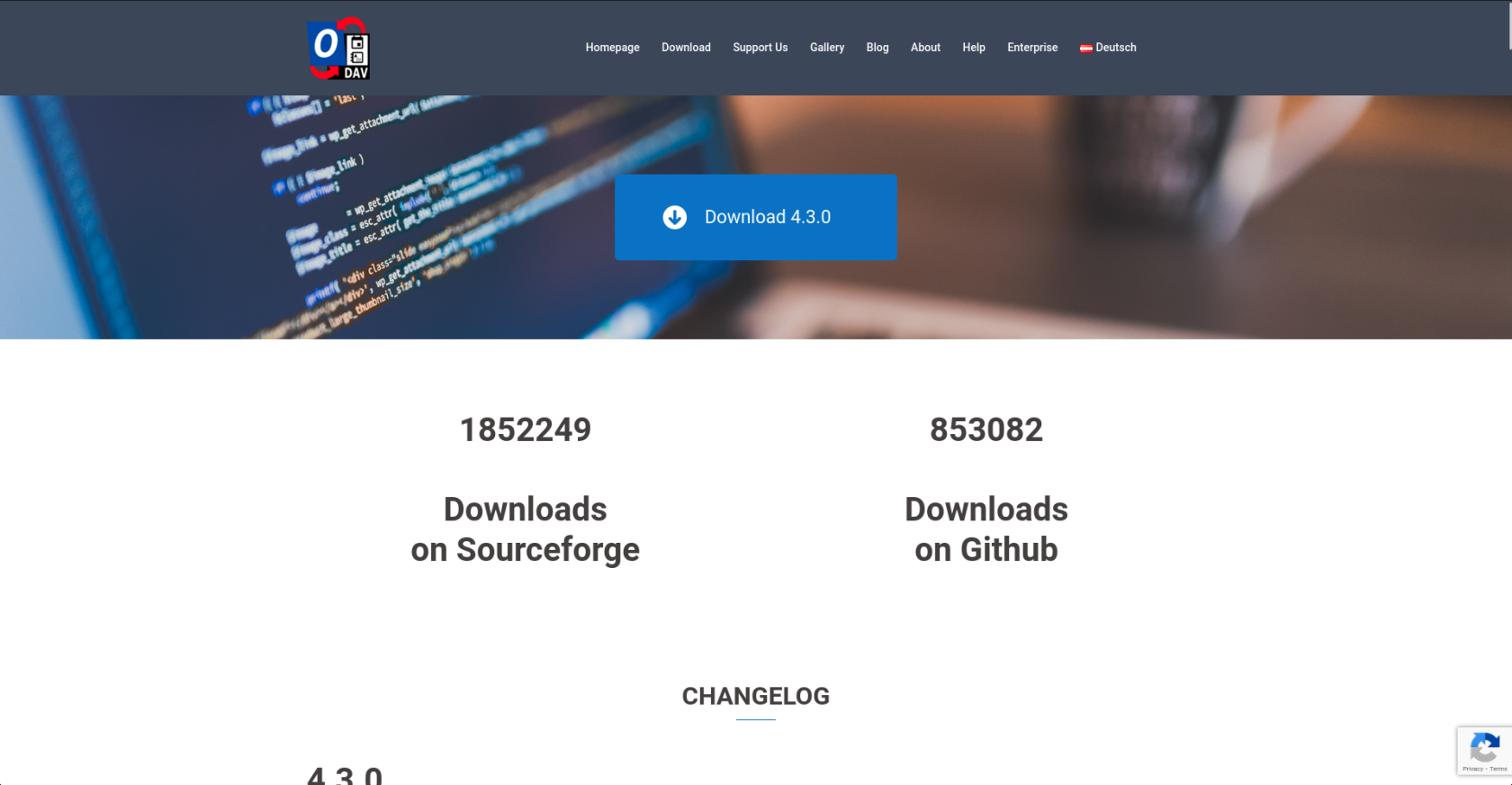
Step 2:
Open the zip file and click on the setup file. An installation wizard will appear, click next. At the select installation folder screen, you'll see below the installation path two options, keep it on Just me and hit next.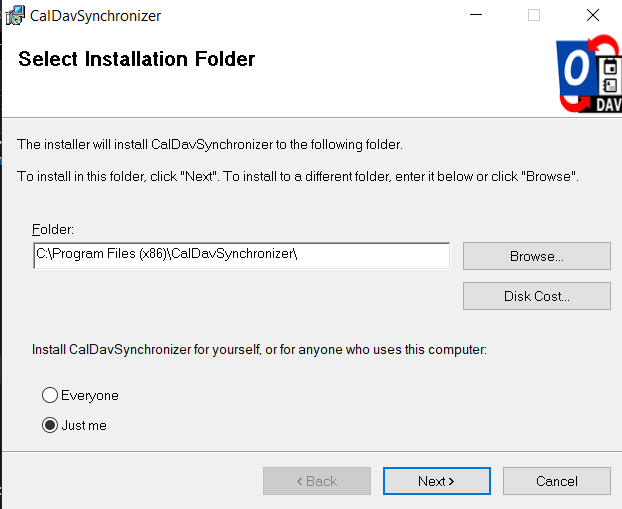
Step 3:
Once the installation is complete, proceed to either restart or start Outlook, it should automatically be added to Outlook while it opens up. (Note: The free version of Outlook is not supported, you'll need the Microsoft 365 version of Outlook for addon to install)
Step 4:
First, we'll want to make new Calendars in Outlook to sync our profiles to. To do this, right clockclick on an existing calendar, then click new Calendar.
Select where you want your new calendar to be made to, name it then click OK. Be sure to make as many calendars as you need for your own personal use, in this tutorial, we're using two new calendars as an example.
You should see a new tab on Outlook that says CalDAV Synchronizer (See Image Below), the next thing you'll want to do is click on that.
Step 5: NextNext, click on Synchronization Profiles.
Step 6:
A new window will open called Options, click on the icon with the 3 windows and the green plus and another window will open to select the profile type. Click on the box next to Nextcloud and click OK at the bottom of the window.
Step 7:
Fill in your Nextcloud Username, password and CalDAV Address. Once you've done that, click on Discover resources and assign to Outlook folders.
Step 8:
You should see all of your Calendars from Nextcloud, we're now going to add a few to our Calendar. Clickclick on the 3 dots on the right side of the window.window to continue.
Step 9:
Select the Calendar Folder to add it, then click OK. Now return back to step 8 and repeat this process with whichever other Calendar you would like to add.add Calendar to, for example, it would be best to put the Development Resource into the Development Calendar folder, select that appropriate folder and click OK.
StepYou'll 10:see
the Selected Outlook Folder column that we've pointed our Development Calendar to the Development folder in Outlook. In this case we'd do the same thing with the NPC Calendar to be put in meetings. Once you've added all of the Calendars you wantwant, click ok to add,close this window.
Step 10:
Lastly, we need to set some advanced configurations for everything to work properly. At the bottom of the Options page, click OK.on You'llShow seeAdvanced thatOptions, and enable Synchronize items immediately after change, use the image below as reference.
Then, click on the little arrow next to your profile and in the Optionsdrop window,down, allclick ofon Event Mapping Configuration. On this page, enable the CalendarsUse we'veGlobalAppointmentID addedfor UID attribute. You'll have to make sure these options are enabled on both profiles, so just be sure to double check. Once you're done, click OK.
After a few seconds, your events will appearbegin into the accounts tab, close out of this window click Synchronize now, now you can view and usepopulate your CalendarsCalendars.
If you are having any issues or have any questions, please contact support@cloudandmore.ca.





